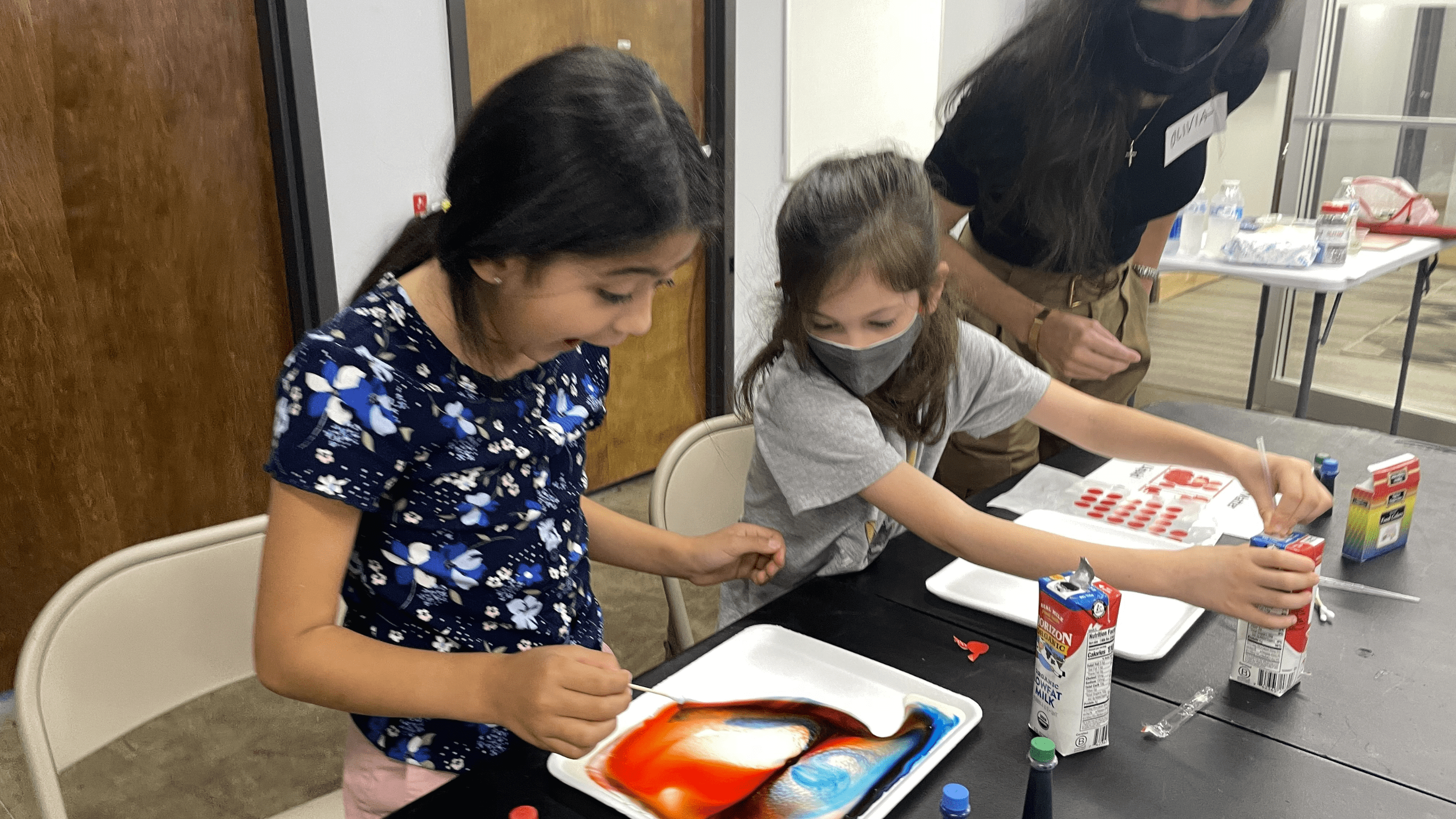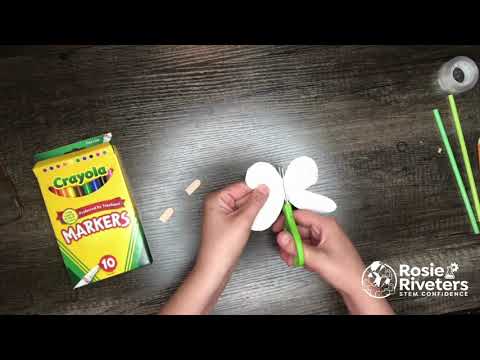Use the power of soap to create colorful bursts of food coloring to create art with this fun Milk Painting activity!
Matter is everything around us – the table, the chair, air, and you and me! The scientific definition of matter is anything that has mass (you can think weight) and takes up space. So we are interacting with matter every second of our lives whether we are breathing in air, drinking water, or changing our clothes.
Matter is made up of molecules, which are the tiny particles that make up everything on earth. They are so tiny that we can’t see them! But they are there, and the way they are structured is what makes air, water, and clothes look, feel and act differently. Each one is matter, but the molecules are arranged very differently in each one.

Each state of matter has properties (traits). Properties describe how something looks, feels, or acts. In this project you’ll spend some time exploring some of the properties of a liquid, or more specifically, milk!
Some properties of liquids include:
- Liquids take the shape of their container. If you were to pour your milk into a glass it would take the shape of the glass. If you pour milk into a bowl, it takes the shape of the bowl.
- Liquids move around. The molecules in liquids are farther apart than those of solids, so they can move around more. That’s why liquids take the shape of their container.
- Liquid molecules like to hold hands. If you were to pour your milk into a glass and gave the glass a little jiggle you would see that the milk at the top of the glass doesn’t seem as loose as the rest of the milk, and when it moves, it looks like it moves as one piece! The molecules at the top of the glass that are holding hands form what we call surface tension.
Milk consists of a lot of different molecules, including fat, water, sugars, vitamins, and minerals. Soap is attracted (likes to hold hands with) both water molecules and fat molecules. So when we add a bit of soap to our milk painting we move the molecules around! Some of the fat molecules move toward one part of the soap and the water molecules move toward the other part of the soap, making space between the molecules!
Ready to try milk painting at home or in your classroom? Watch the video for an overview, gather the materials listed to the right, and follow the instructions below!




